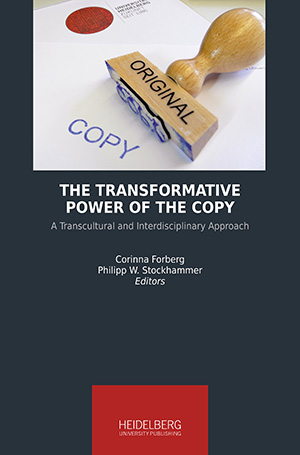Zitationsvorschlag
Lizenz (Kapitel)

Dieses Werk steht unter der Lizenz Creative Commons Namensnennung - Weitergabe unter gleichen Bedingungen 4.0 International.
Identifier (Buch)
Veröffentlicht
What’s in a Copy?
Abstract What is in a copy? I will answer this question by considering the importance of the copy in three related areas: academia, cultural life, and the economy. In academia, the ease with which copies can be made is challenging pedagogical practices and the trust of its members, with plagiarism being the most immediate problem. The notion of authorship is also undergoing changes provoked by a proliferation of authors and by possibilities opened recently by cyberspace. In cultural life, imitation and mimesis have long been fundamental engines of socialization. Our enhanced capacity of copying problematizes, with new intensity, the relationships between homogeneity and heterogeneity, between the genuine and the spurious. In the economic world, the digital era is threatening some of the fundamental tenets of capitalism, especially of its variant, the “knowledge society,” which concerns the control of intellectual property rights. The gap between normativity and social practices is widening. The many dilemmas and tensions identified in this text are therefore understood as symptoms of two major characteristics of the current times: hyperfetishism and hyperanimism.
Keywords Copy, digital era, knowledge society, imitation, plagiarism, fetishism, animism, property rights






